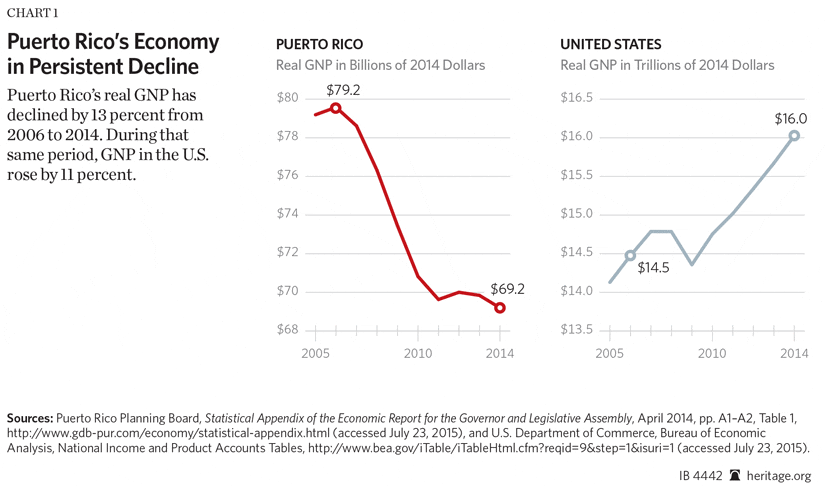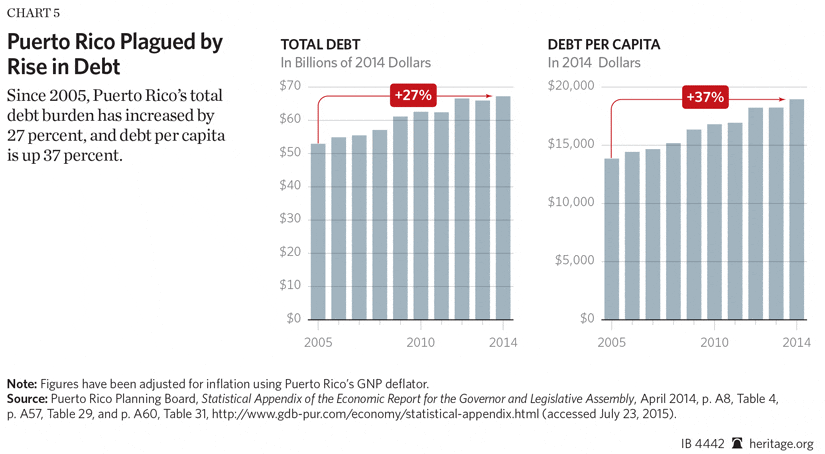seems only fair. And I have some credit card balances I don't like too. Who are these people who try to control what our president wants to do? No one elected THEM.
White House walks back Trump's Puerto Rico comments as Wall Street reels
White House walks back Trump's Puerto Rico comments as Wall Street reels




